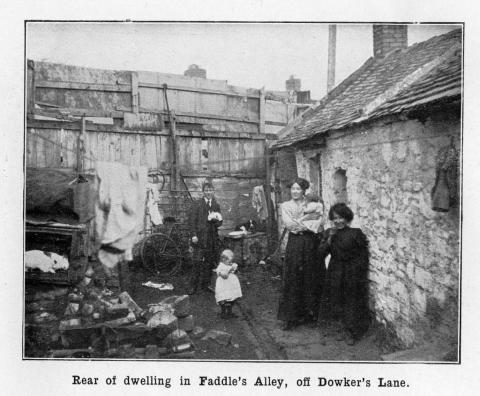THE FORGOTTEN HEROINES OF THE RISING by Joe Duffy (author of Children of the Rising)
” History, despite its wrenching pain cannot be unlived , but , if faced with courage need not be lived again “
MAYA ANGELOU
Thankfully none of the 77 members of Cumann na mBan that have rightly featured so strongly in the revised narrative of the 1916 Rising centenary were killed during the rebellion.
They have been commemorated in 2016 by their central role in the RTE TV series, Rebellion, the Richmond Barracks project, the National Museum, books, murals; and a stunning bus montage by the acclaimed artist David Rooney which showed the ‘women of the rising’.
But as the centenary draws to a close and debate continues about how the “women of the rising ” were commemorated, “all failed to mention the 45 adult women who died violently in Easter Week 1916. In total at least 485 were killed in the Rising -the majority were civilians – 54 women and over 200 men.
But they have not been mentioned in the 2016 narrative. Yes the 40 children killed have at last been included in the true story of the Rising – but the only women mentioned are those in Cumann na mBan – all of whom thankfully survived the Rising.
No mention of the women from Corporation buildings – Foley Street today- where Anne Jane Caldwell (24), Mary Lennon ( 64 ) ,Rosanna Taaffe (41) all lived and met their untimely deaths in the last week of April 1916 .
Around the corner at 109 Amiens Street, Jane Kane (40), a cook was shot dead.
Julia Condron (44), Julia Crawford (20), Julia Merton (60), Julia Brunel (20), didn’t just share the same popular Christian name they were all shot in the battles of Easter week. Julia Condron (44), a mother of two lived with 6 other families in 56 Summerhill, where she was shot dead.
Tenements dominated the address list of the female adult dead, Bridget Barry (36), Dominick Street, Harriet McCabe, Marlboro street, she was only a few doors from her home when she was shot searching for food, Mary Kenny (63), Buckingham Street, Jane Costello (24), Seville Place and Mary Anne Cole (37), Gloucester (now Sean MacDermot) Street. Most of those killed died by gunfire, but one woman Catherine Murphy (68) was trampled to death. We can only imagine the daily battles waged by these heroines against poverty, disease, hunger in the Dublin of 100 years ago .
Not surprisingly, looking at the known details of the adult women killed, they were invariably denominated by their husband’s or father’s profession – “butcher porters wife, rivetters wife , bakers wife, bookmakers wife, slaters wife, labourers wife, farmers daughter ‘.
To be forgotten is one thing but when the only archival documents lists you as a appendage to your husband, surely the ignominy heaped on these heroines is complete?
Joe Duffy (author of Children of the Rising)
Editor’s Note: The National Archive is to digitise and make available on line the records of the personal injury claims arising from Easter 1916 to match the Property loss claims already on line. The amounts awarded for the loss of a life or limb are significantly fewer and smaller than those for damage to property. See also, Yeates, P, A City in Wartime: Dublin 1916-1918, Pages 164-172

